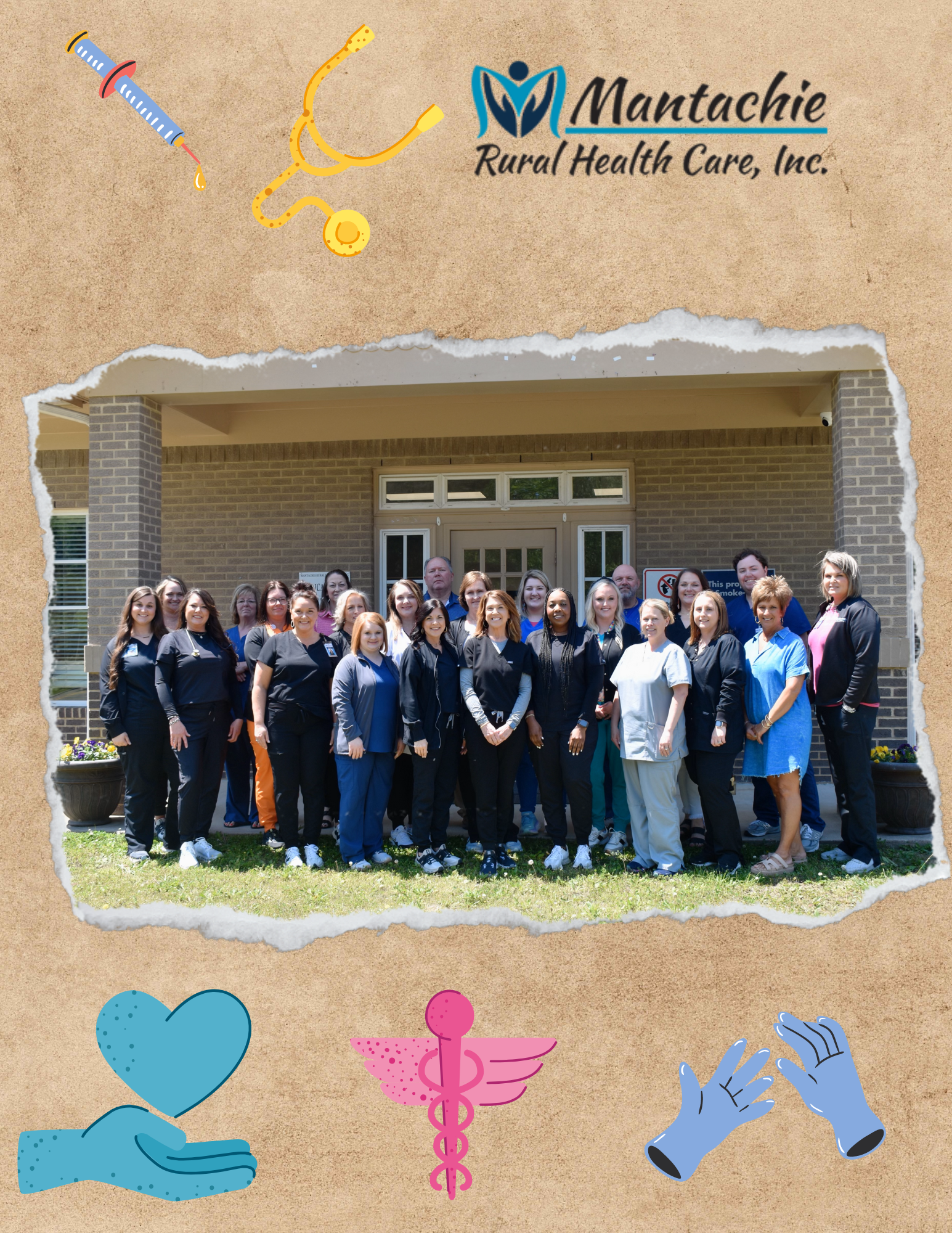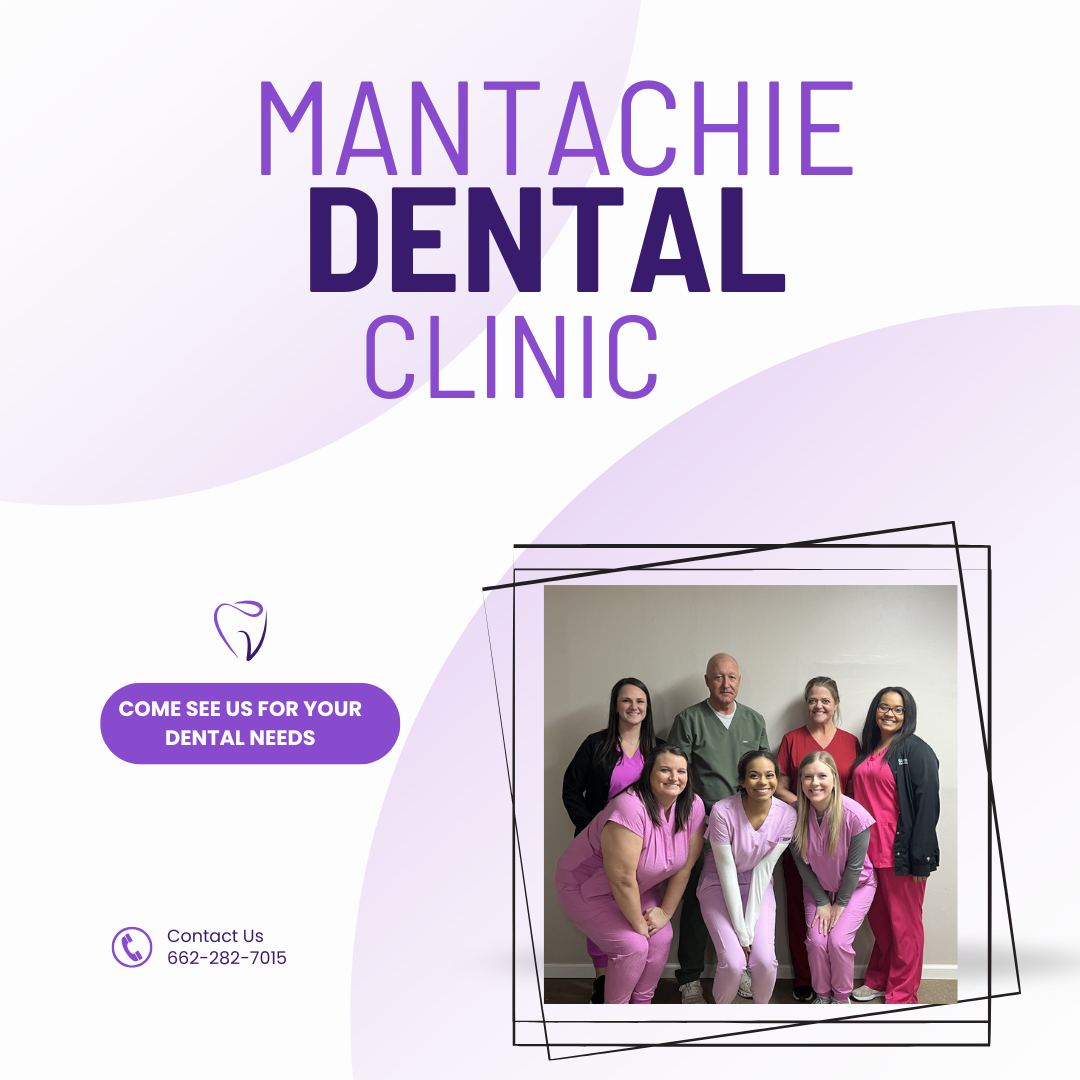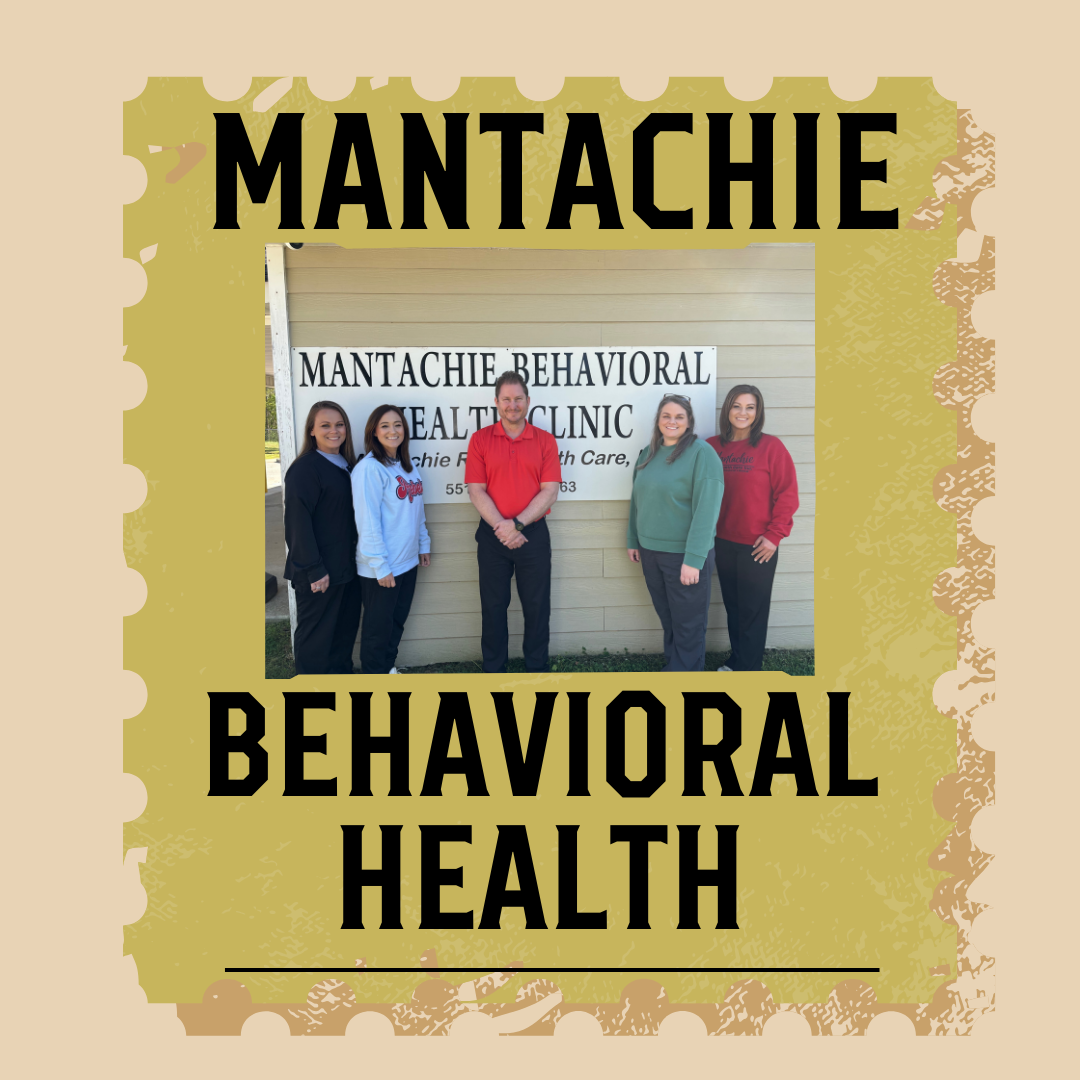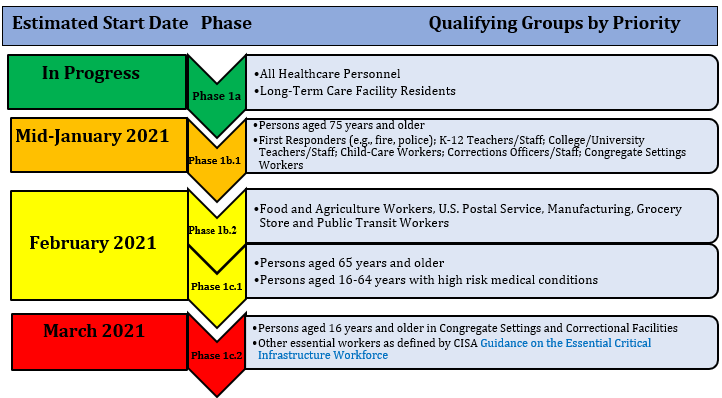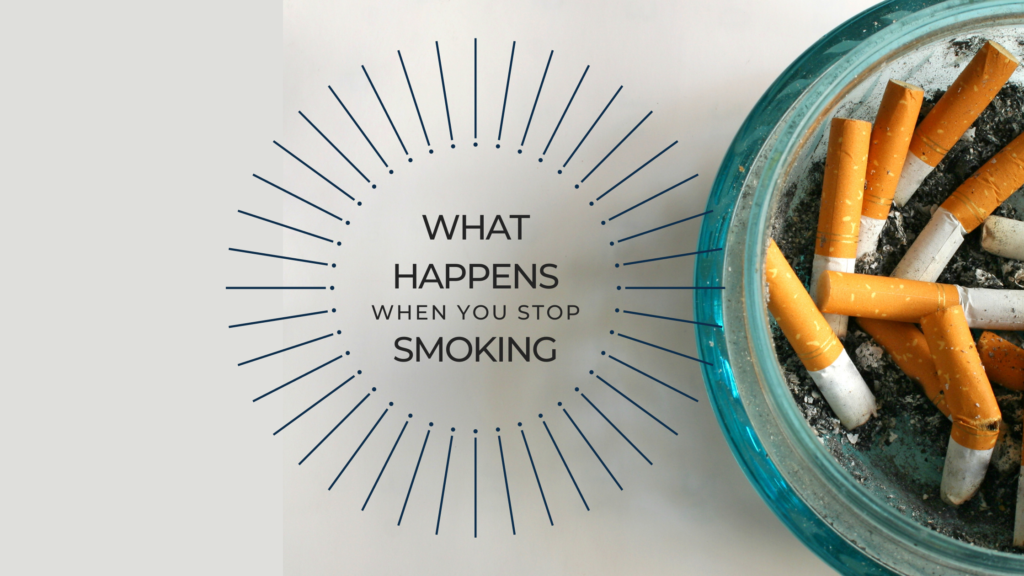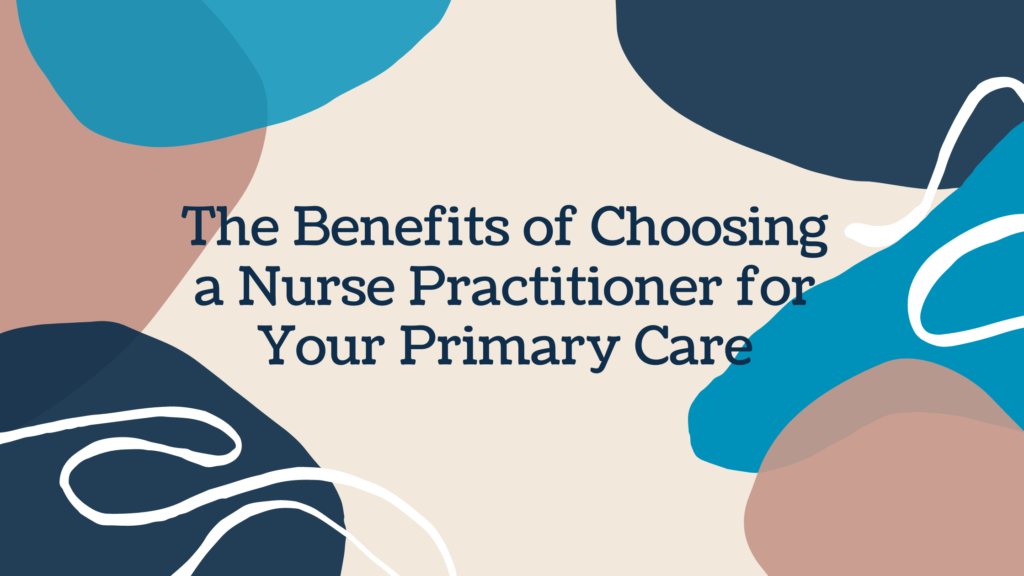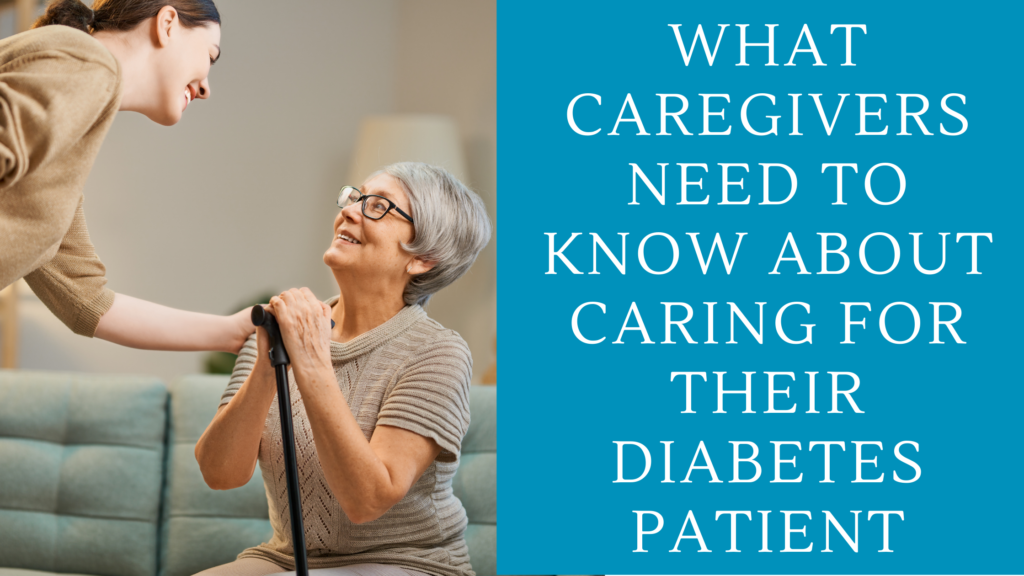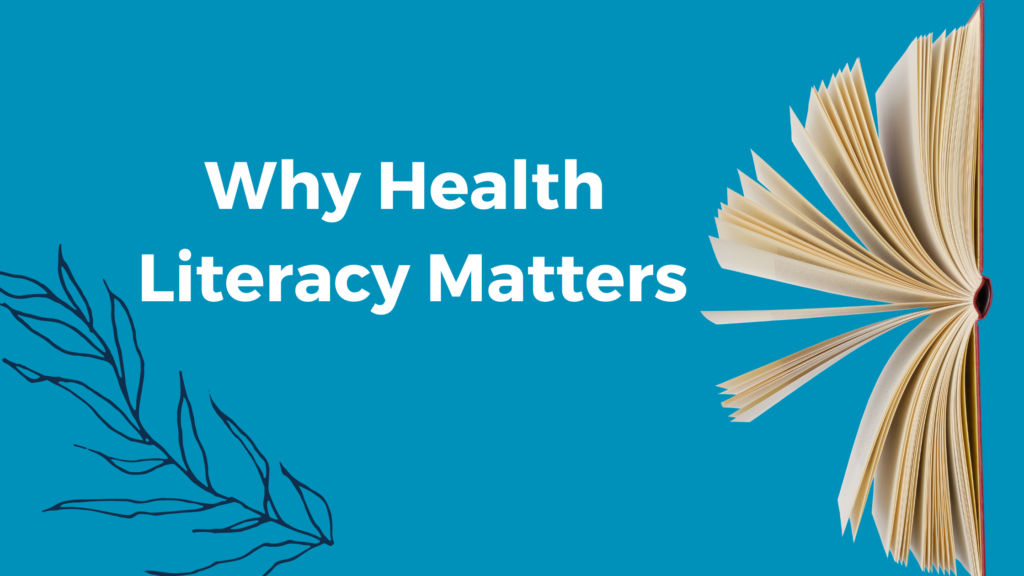
The plant-based diet is a buzzphrase heard more and more in healthcare clinics and even in everyday conversations among friends. But what exactly is the eating strategy behind the buzzphrase? And why do more experts than ever insist that a plant-based diet is the way to go for optimum health?
The Truth About Plant-Based Diets
Despite some beliefs, the term plant-based diet is not another term for a vegetarian or vegan diet. Rather, plant-based diets are focused on eating more foods from plants than other food sources such as meat and poultry. Plant-based diets also avoid processed foods and refined sugars. People who follow this plan might be flexitarian, or semi-vegetarian, in which they mostly consume food from plants, as well as eggs, dairy, and the occasional meat, poultry, fish, or seafood. Pescatarian diets are similar to flexitarian without the consumption of meat or poultry. Vegetarians include egg and dairy products in their diet while vegans consume no animal products at all.
Another myth about plant-based diets is that people on these diets are often tired and don’t get enough fats and proteins. A well-rounded plant-based diet includes plenty of healthy fats and proteins through certain plant-based oils, nuts, seeds, legumes, and beans.
Why Plant-Based Diets Are Good for Your Health
Plant-based diets have been rising in popularity over the last several decades for a number of reasons. The long-standing and still highly recommended Mediterranean diet is a plant-based flexitarian diet. It also includes fish, eggs, yogurt, and cheese a few times per week with meat and poultry less often. This diet has been linked to a decreased risk of heart disease, diabetes, metabolic syndromes, and depression. It’s also been known to reduce the risk of certain cancers including breast, colon, and prostate cancers. Older adults who follow the Mediterranean diet also enjoy a lower risk of frailty and better mental and physical health.
You don’t have to follow the Mediterranean diet to get health benefits. Any diet that focuses on whole foods from plants and other natural food sources is better for your overall health and wellness than a diet based on processed and refined foods. Plant-based diets have also been linked to needed weight loss. This also lowers the risk of certain conditions like diabetes and heart disease.
How to Start Following a Plant-Based Diet
Beginning a plant-based diet is actually easier than it sounds. The first step is to add more fruits and veggies to your shopping list and incorporate servings into each meal or snack of the day. You’ll also want to include other plant-based foods like good fats such as olive oil, olives, nuts, nut butter, seeds, and avocados. The next step is to increase the number of fruits and veggies on your plate while reducing the amount of meat to a garnish rather than the main course. Make sure you’re including at least one good portion of greens on your plate each day. Try to mix it up among different greens like spinach, kale, or collards. Keep your diet fresh by changing up how you cook your veggies for each meal.
Experts also recommend consuming at least one all-vegetarian meal per week that includes whole grains, beans, and veggies. You should also build at least one meal a week around a salad and consume whole grains for breakfast each day. Yummy whole-grain breakfast options include oatmeal, quinoa, buckwheat, and barley, which can be paired with fruit, cinnamon, and other plant-based flavors.
Although a plant-based diet is considered to be good for just about everyone, it’s always best to discuss any new diet changes with your healthcare provider or dietitian first. We can discuss your diet concerns and proposed changes at your next wellness appointment with Mantachie Rural Healthcare. Call 662-282-4226 or click here to request your wellness visit now.
